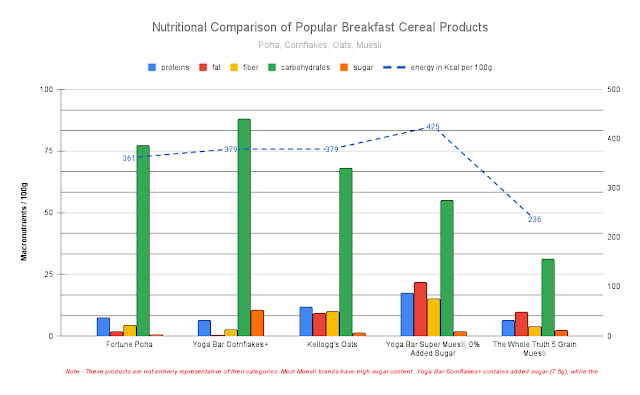Food Additives: Hidden Dangers in Packaged Food
Food additives are substances added to food to preserve its flavor or to enhance its taste, appearance, or other sensory attributes.
Some additives have been utilized for centuries to preserve food, such as vinegar for pickling, salt for curing, smoke for smoking, and sugar for crystallization.
These methods enable the preservation of foods like bacon, candies, or wines. With the rise of ultra-processed foods (UPFs) in the latter half of the 20th century, numerous additives, both natural and synthetic, have been introduced.
Food additives also encompass substances that may be indirectly introduced to food during the manufacturing process, through packaging, or while in storage or transit, known as "indirect additives."
Food additives can be broadly divided into the following categories:
| Category | Description | Common Examples |
|---|---|---|
| Acidulants | Confer sour or acid taste. | ammonium hydroxide, sodium carbonate, vinegar, citric acid, tartaric acid, malic acid, fumaric acid, and lactic acid. |
| Acidity regulators | Control pH of foods for stability or enzyme activity. | |
| Anticaking agents | Prevent powders from caking or sticking. | Calcium silicate, iron ammonium citrate, silicon dioxide |
| Antifoaming and foaming agents | Reduce or prevent/increase foaming in foods. | |
| Antioxidants | Inhibit food degradation by oxygen. | vitamin C, Butylated Hydroxyanisole (E320), tert-butylhydroquinone (TBHQ, E319) |
| Bulking agents | Increase food bulk without affecting taste. | starch |
| Colorings | Replace lost colors or enhance appearance. | Sunset Yellow, Brilliant Blue, Citrus Red, Amaranth and Indigo Carmine |
| Fortifying agents | Increase nutritional value. | vitamins, minerals |
| Color retention agents | Preserve food's existing color. | |
| Emulsifiers | Allow water and oil to mix in emulsions. | Soy lecithin, mono- and diglycerides, egg yolks, polysorbates, sorbitan monostearate |
| Flavorings | Give food a particular taste or smell. | natural or artificial |
| Flavor enhancers | Enhance existing flavors. | monosodium glutamate, hydrolyzed soy protein, autolyzed yeast extract, disodium guanylate or inosinate |
| Flour treatment agents | Improve flour color or baking properties. | potassium bromate, calcium sulfate, amylases |
| Glazing agents | Provide shiny appearance or protective coating. | |
| Humectants | Prevent foods from drying out. | Glycerin, sorbitol |
| Tracer gas | Allows package integrity testing. | |
| Preservatives | Prevent food spoilage by microorganisms. | Ascorbic acid, citric acid, sodium benzoate, calcium propionate, sodium erythorbate, sodium nitrite, calcium sorbate, potassium sorbate, BHA, BHT, EDTA, tocopherols (Vitamin E) |
| Stabilizers | Give foods firmer texture. | agar, pectin |
| Sweeteners | Add flavor. | Sucrose (sugar), glucose, fructose, sorbitol, mannitol, corn syrup, high fructose corn syrup, saccharin, aspartame, sucralose, acesulfame potassium (acesulfame-K), neotame |
| Thickeners | Increase viscosity without changing other properties. | guar gum, carrageenan, xanthan gum, whey |
| Packaging additives | Indirect additives used in manufacturing or packaging. | bisphenols, phthalates, perfluoroalkyl chemicals (PFCs) |
To regulate these additives and inform consumers, each approved additive is assigned a unique number called an "E number", which is used in Europe for all approved additives.
The numbering scheme has been adopted and expanded by the Codex Alimentarius, the international food standards body of the World Health Organization (WHO) and the Food and Agriculture Organization (FAO) of the United Nations (UN). Known as the International Numbering System for Food Additives (INS), its purpose is to offer a concise label for what might otherwise be a long actual name. This system is utilized globally to identify all additives, irrespective of their approval status for use.
INS numbers consist of three or four digits, optionally followed by an alphabetical suffix to further characterize individual additives.
 |
| Approvals for additives vary by country. Source: Wikipedia |
Additive 103, alkannin, is not approved for use in Europe so does not have an E number, although it is approved for use in Australia and New Zealand.
The US does not use the INS numbering system.
In response to public concern over food safety, the United States enacted the Delaney Clause in 1958. This strict provision, part of the Federal Food, Drug, and Cosmetic Act, explicitly prohibits the use of any food additive found to cause cancer in humans or animals.
It is estimated that over 85% of packaged foods contain additives.
Some additives have been linked to various health issues, including cancer, diabetes, heart disease, obesity, and ADHD.



Comments
Post a Comment